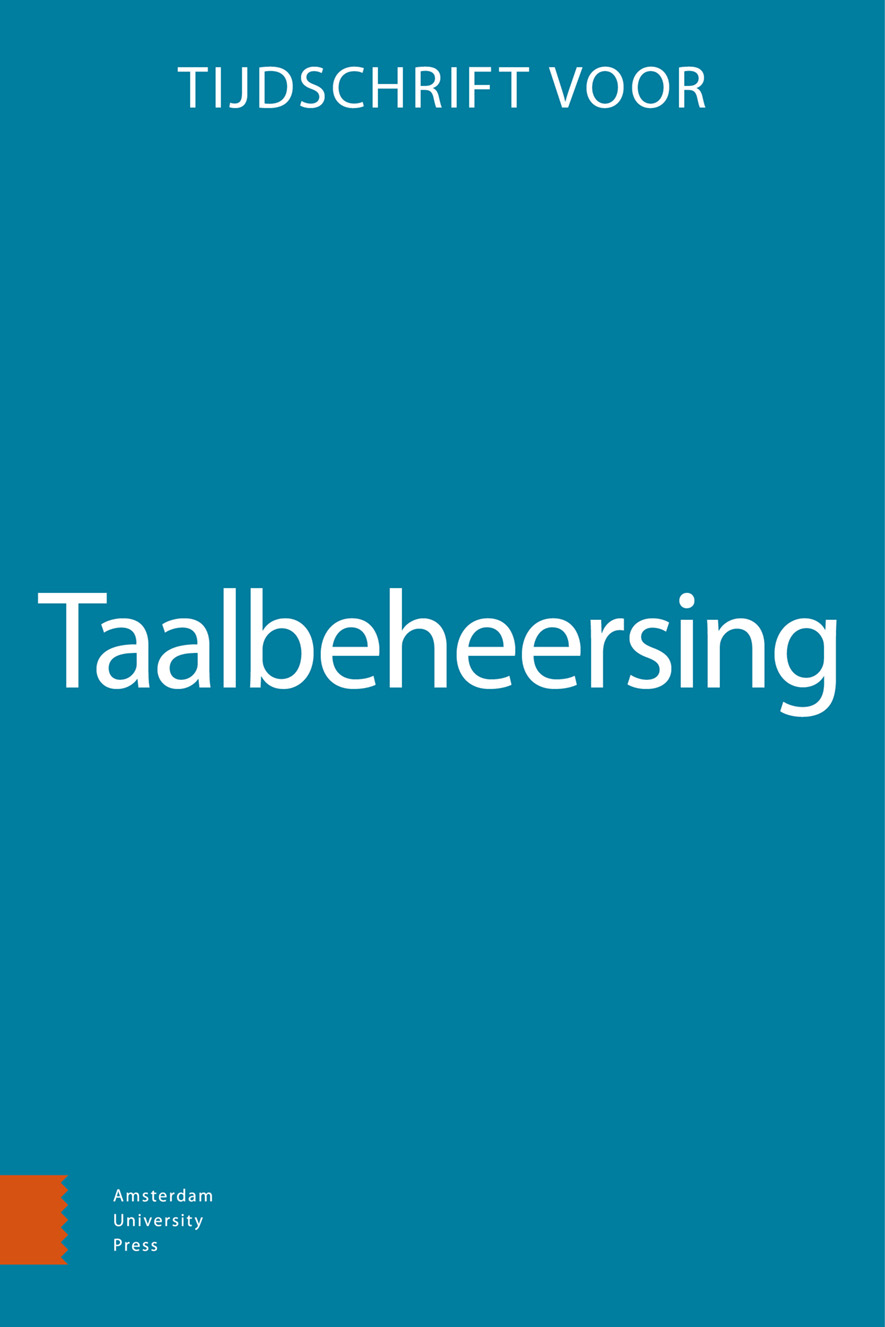-
oa Issueframing als een vorm van equivalence framing
Het effect van progressieve versus conservatieve introductieteksten op gerapporteerde attitudes in politieke stemhulpen
- Amsterdam University Press
- Source: Tijdschrift voor Taalbeheersing, Volume 42, Issue 3, Dec 2020, p. 279 - 308
-
- 01 Dec 2020
- Previous Article
- Table of Contents
- Next Article
Abstract
Issue framing as equivalence framing: The effect of conservative and progressive introduction texts on political attitudes reported in Voting Advice Applications
The framing of a message can affect the way people think about an issue, and the framing of attitude questions influences the opinions expressed. Current research investigated political emphasis framing in the context of Voting Advice Applications. In an online survey regarding the European Elections (2019), a conservative vs. progressive frame was manipulated across 15 questions. As the original VAA did not include introductory texts to the questions, a control condition without introduction texts was also added. Participants (N = 106) were randomly assigned to one of these three conditions. Results show that there is an effect for conservative introductions to elicit answers reflecting more progressive attitudes, but only for the group of respondents with conservative voting positions (PTV). This pattern could not be explained by political sophistication: higher political sophistication is related to a main effect of more progressive answering behaviour, but does not explain the framing effect for conservative frames in the conservative group.


